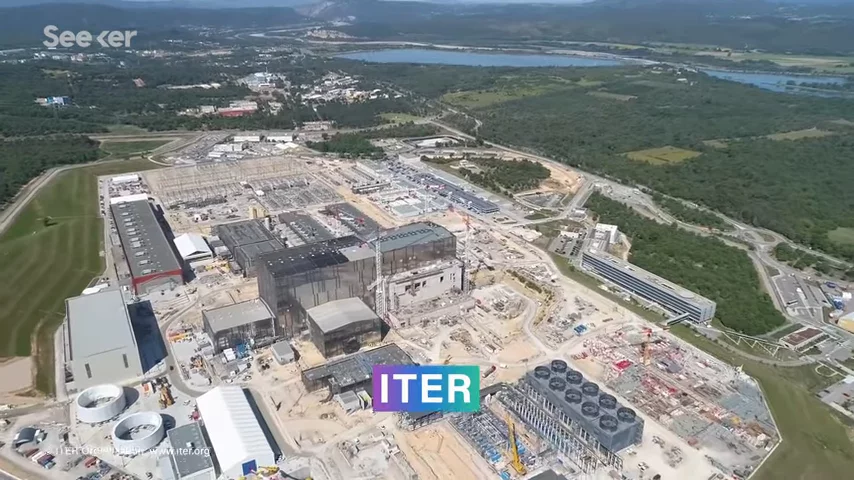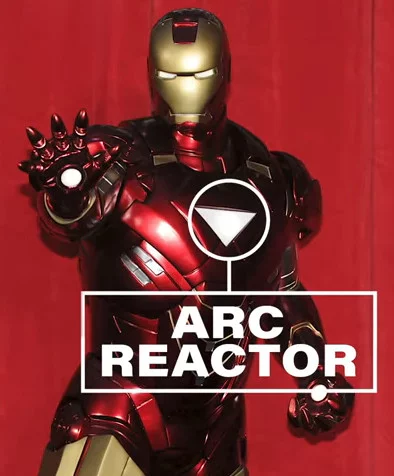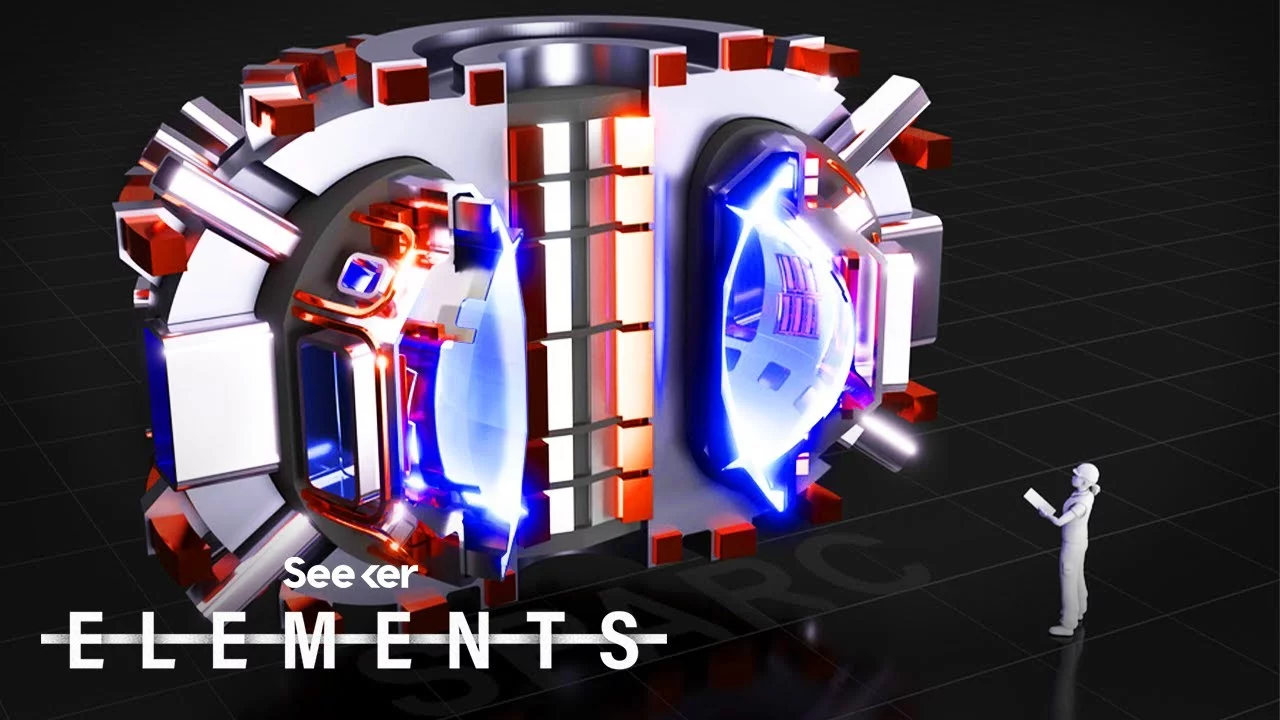The joke about nuclear fusion is it’s always 30 years away. There are currently massive projects like ITER with the goal of delivering clean limitless energy but a working fusion reactor has never been achieved.  Recently though researchers from MIT and a spinoff company Commonwealth Fusion Systems have published a series of papers that lay out a roadmap to building a self-sustaining demonstration reactor within the next five years. How can they be so ambitious, what’s their secret?
Recently though researchers from MIT and a spinoff company Commonwealth Fusion Systems have published a series of papers that lay out a roadmap to building a self-sustaining demonstration reactor within the next five years. How can they be so ambitious, what’s their secret?
Actually one of the refreshing things about this proposal is it doesn’t appear to have any secrets. Unlike other private fusion startups, Commonwealth Fusion Systems detailed the science behind their approach in their seven peer-reviewed papers. Their starting point is the same as many other fusion proposals: a donut shaped device called a tokamak.
Fusion works by smashing light elements like hydrogen into each other, so they combine, form new elements, and release energy in the process. On Earth, in order to get the positively charged protons in the hydrogen nuclei to overcome their natural repulsion from each other and collide, you have to crank up the heat to roughly 100 million degrees Celsius.
The hydrogen, now in plasma form, must be kept from touching anything to stay hot and sustain the reaction. To accomplish this, tokamaks use superconducting magnets to create magnetic fields that contain the plasma. Improving these magnets is step one for Commonwealth Fusion Systems.
Other tokamaks currently in development like ITER rely on older superconducting technology that needs to be cooled with liquid helium to just 4 kelvin. But in the last few years, scientists have figured out how to manufacture sufficient quantities of high-temperature superconductors with the performance necessary for fusion reactors.
These high temperature superconductors can generate stronger magnetic fields, and since the amount of power a tokamak can generate is proportional to the strength of its magnetic field, better magnets make it possible to build a smaller cheaper reactor that can still demonstrate a net energy gain from fusion.
The researchers propose such a reactor, dubbed Soonest/Smallest Private-Funded Affordable Robust Compact reactor or SPARC. With construction slated to begin in spring 2021, the team predicts it could be built within 3 to 4 years from that. Their goal is to achieve a Q factor of at least 2, basically meaning SPARC will pump out twice the energy needed to power it.
Actually by the calculations in their papers SPARC could possibly achieve a Q ratio of 10! But the researchers are cautious about overpromising, and are just focused on achieving the lower figure. It’s still impressive, considering any net gain would be a first for human created controlled fusion.
Assuming it gets built along that predicted 3-4 year timeline and actually gets flipped on, there’s still several steps between SPARC and limitless clean energy. Remember we’ve never sustained burning plasma here on earth, so there’s a lot we can only learn once we’ve actually seen it up close. Still, the researchers are optimistic that a pilot fusion plant that continuously produces electricity could be built in the next 15 years.
While they admit there are a lot of details to work out, they’ve got one thing nailed down: the name. They’ve dubbed their planned full scale reactor Affordable Robust Compact. I haven’t asked them if they picked this strange name because the acronym is ARC, and if that’s a reference to the Arc Reactor that powers Tony Stark’s suit, but c’mon, that’s totally what they did.
Outsiders who have reviewed the papers are actually impressed and optimistic that this could be the breakthrough fusion power needed. Though they have their doubts the scientists from MIT and Commonwealth Fusion Systems are able to pull it off as quickly as they predict.
One physicist suggested that it might be more realistic to double the estimate, which would put SPARC six to eight years away and ARC, just like the industry joke always says, 30 years away.
This time though it might not be a joke. This time we may actually have a working fusion power plant by 2050.


No comments yet